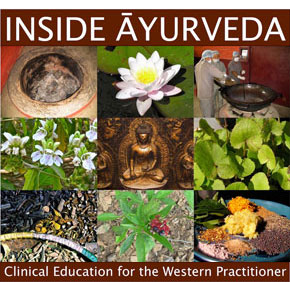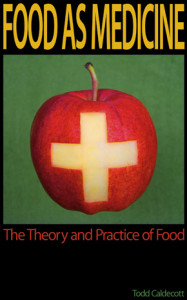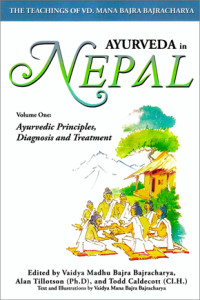One of the more particularly unflattering aspects of aging is hair loss, or alopecia. There are several different forms of alopecia, including male and female pattern hair loss, alopecia areata, and telogen effluvium. I will spend some time explaining these different types, but there are many other causes too, including infection (e.g. bacteria, fungus, mites), trauma, chronic disease (e.g. diabetes, cancer), and as a side-effect of pharmaceutical drugs (e.g. chemotherapy, steroids). While hair loss is not uncommon, and is often temporary, if you experience unexplained hair loss it's always a good idea to get a diagnosis to rule serious causes. As a symptom, hair loss can tell us a lot about what is happening in the body. Before delving into the causes of hair loss, it's a good idea to review both modern and ancient ideas about the structure and function of hair. Science tells us that hair are projections of the skin (epidermis), composed of dead keratinized cells bonded together by … [Read more...]
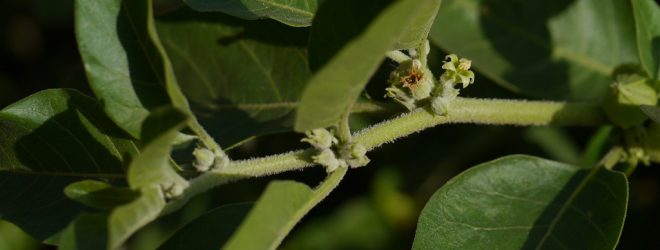
The benefits of Ashwagandha
As Ayurveda becomes increasingly popular in North America, it seems inevitable that many will become aware of some of its more important remedies. And among these various remedies the herb Ashwagandha has taken on a special prominence, such that many people are now making use of it. Let’s explore Ashwagandha: its various attributes, properties. What is Ashwagandha? First off, what is Ashwagandha? Well, in part this depends where you are in the world. The Sanskrit name “Ashwagandha” means “horse smell”, which rather than referring to the actual odour of a horse, refers to the power and potency that this herb is thought to imbue in one who takes it regularly. According to the nama-rupa-vigyana system of Ayurveda, names like Ashwagandha are somewhat interchangeable, and can be used for different species. A good example of this is the herb “Brahmi”, which denotes the property of “activating consciousness”, and can refer to either Bacopa monnieri or Centella asiatica. Likewise, the herb … [Read more...]
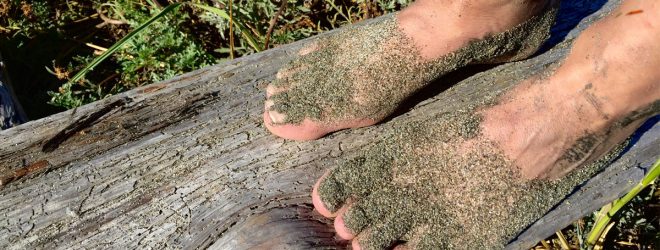
Summertime & the livin’ is easy
For most people living in northern latitudes, summer is a time to really get the most out of life. With the bright sun it’s easy to replete your diminished stores of vitamin D3, as well as take advantage of the other healing benefits the sun’s rays have when we are exposed to them in moderation. Summertime means it’s easier to be outside more often, and so we are more physically active, removing us from the indoor environment which in modern times means a much higher exposure to environmental toxins, released from building materials, paint, carpets, furniture, and electrical equipment such as computers and television monitors. Being active, along with fresh air and sunshine, are surely among the most important ingredients for a healthy life. Although exercise is important, I think people tend to be a little too active in the summer, and just like northerners tend to underestimate the power of the sun during summer and get routinely burned, they also don’t quite understand the risks … [Read more...]
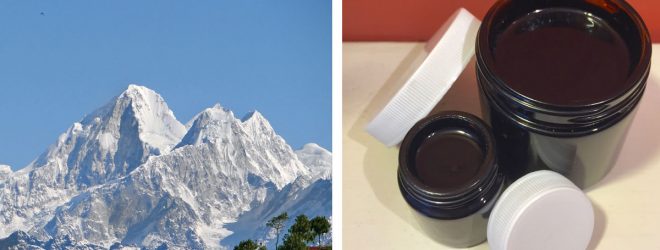
Shilajit: a remedy for all times
One of the emerging health food trends to hit the Western world is the consumption of Shilajit, a curious resin found exuding from the steep rock faces of certain mountains in the Himalayas. It is one of the more unique remedies utilized in traditional medicine, and for practitioners of the ancient system of medicine called Ayurveda, among the most valuable as well. It is a relatively rare substance, found only when the hot summer sun beats down upon the mountains, causing the resin to liquefy and exude from cracks in the rocks. Similar exudates are also found in other mountain ranges, including the mumiyo harvested from the Altai Mountains in Siberia, but these are not necessarily the same thing as Shilajit. What is Shilajit? As the older scientific names of 'bitumen' and 'ashphaltum' suggest, Shilajit was once thought to be some sort of fossilized organic material. It was believed to be derived from decaying organic materials that built up along the coastline of a … [Read more...]
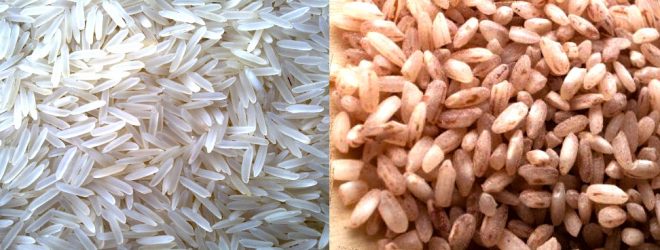
The graduated diet
The ‘graduated diet’, or sansarjana krama in Sanskrit, is a measure utilized in Ayurveda to rekindle the digestive fire (agni). It is used for the purpose of amapachana: to enhance digestion and the processing of wastes, and remove the metabolic and immunological detritus (ama) that is generated with poor digestion. The graduated diet can be utilized in a variety of situations, including whenever digestion is weak and in the treatment of diseases such as fever (jwara). The process of ‘rekindling’ the digestive fire (agni) is analogous to starting a fire in a wood stove, enkindling the agni with easily digestible foods as one would a fire with paper or kindling. Once the fire is established, in the form of a strong appetite, progressively denser and more energy-rich foods are introduced in a graduated fashion to feed the digestive fire, but never so much as to cause it to smolder or be extinguished. How much to eat? The graduated diet isn’t designed to provide a maximal source of … [Read more...]



